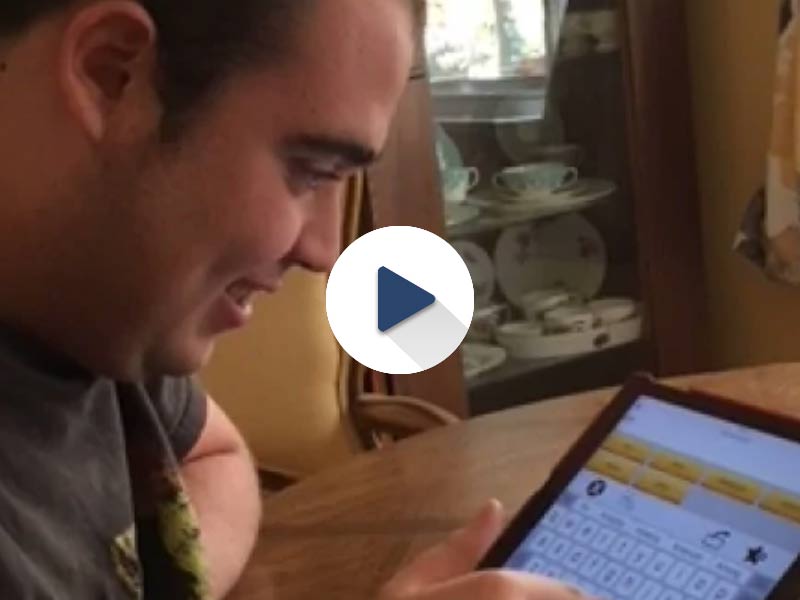Communication is fundamental.
United in support of the human, civil, and legal rights of people with disabilities to choose their most effective methods of communication.
United in support of the human, civil, and legal rights of people with disabilities to choose their most effective methods of communication.
Devoted to
Some seek to prevent children and adults with disabilities from accessing their preferred and only effective means of communication—access that is essential to dignity, education, inclusion, independence, and self-determination.
***
Read the coalition letter sent by national civil rights and disability advocacy organizations to the Board of Directors of the American Speech-Language-Hearing Association (ASHA) expressing concern about ASHA’s statements to limit access to communication for individuals who lack reliable speech.
Learn more about the flawed and dangerous ASHA statements here.
The ASHA Position Statement on the Rapid Prompting Method (RPM), released August 8, 2018, made five references to a study that was subsequently retracted. Click here to learn more about the study. Click here to read our September 6, 2018 letter to ASHA expressing concerns about the ethical violations.
United for Communication Choice is a grassroots effort organized by individuals with disabilities, their families, and allies to defend and protect the human, civil, and legal rights of children and adults with disabilities to choose their most effective methods of communication. Join us in our efforts to protect these fundamental rights.
Help us defend the right to effective communication for people with disabilities.
See videos of individuals who learned to type with FC and RPM.

Communication is a basic human right: how this man with non verbal autism found his voice
Canadian Broadcasting Corporation
March 2, 2018
Faith, Hope, and Love…With Autism, written by Philip Reyes, details his journey to open communication through the RPM method. Philip discusses his personal experiences and autism, as well as issues pertaining to the autistic and non-speaking community at large.
“Cutting off access to one form of communication, in the absence of other methods that are equally effective for that individual, is unethical and harmful. Although we agree that far too many non-speaking people have not been offered communication supports that are evidence-based and effective, taking away communication options is not the answer.”
– Autistic Self Advocacy Network, July 2, 2018
Autism: The Movement Perspective
Torres, E.B., & Donnellan, A.M., eds. (2013-2015)
Frontiers in Integrative Neuroscience
Compiles 38 peer-reviewed articles published by 91 authors between 2013 and 2015 that support the idea that movement and sensory differences are core features of autism.
Damon Kirsebom, “When People See Me Typing”
June 11, 2018
In this video, a 17-year-old British Columbia resident Damon Kirsebom types the following: “When people see me typing, they always realize I am really authentically expressing my own thoughts. No tricks here, people.”
“My special education teachers should have taught me typing instead of trying to restrict me to the dozen picture icons they decided I needed. Of course, other autism issues such as sensory dysregulation can make the act of typing itself hard. I am still a one-finger typer for the most part, and it took me a really long time to type out this one article.”
– Hari Srinivasan
University of California Berkeley student, “The Communication Conundrum,” in The Daily Cal, February 15, 2018
Public entities shall “ensure that communications with [individuals] with disabilities are as effective as communications with others”